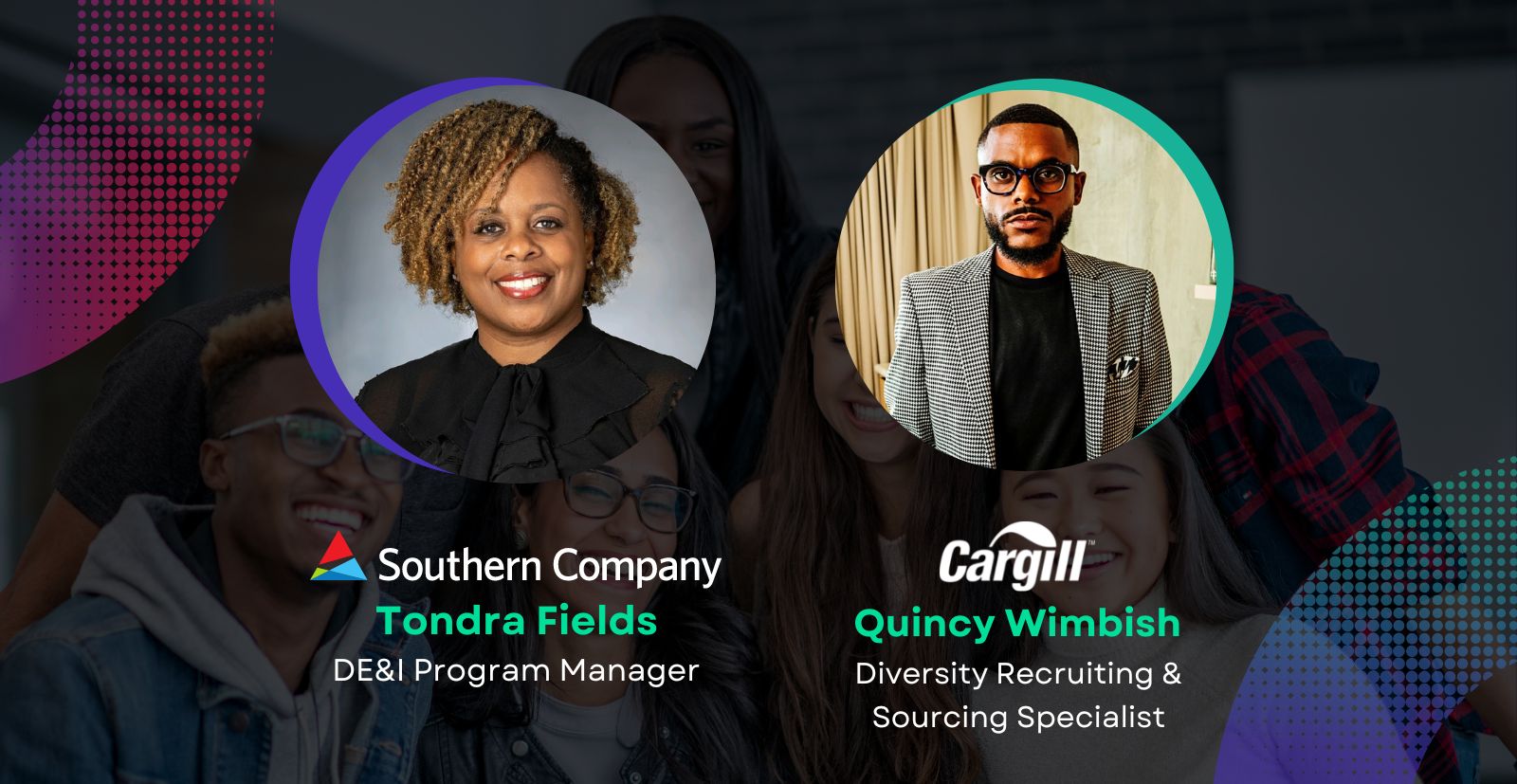The world of work has drastically shifted due to impacts of the COVID-19 pandemic and seemingly overnight, companies everywhere moved to remote work. In need of additional support and with the barrier of physical location now gone, there is rapidly increasing interest in virtual student internships.
Working with students is a wonderful opportunity to gain fresh perspectives and tackle more projects on your to-do list while providing soon-to-be graduates the opportunity to gain work experience and apply classroom knowledge to real-life problems. These are just a few of the many benefits of college and employer collaboration.
However, the days of student interns taking on menial tasks and fetching coffee are long gone. If done correctly, a great internship program has the potential to offer value to all parties involved. Whether you are a seasoned remote internship manager or a company looking to design their first virtual placement, here are some tips at every stage of your placement to ensure your remote experience is set up for success and built to maximize experiential learning for both employer and student.
The Kick-Off
It may seem like a lot of planning upfront, but laying a strong foundation at the start of your placement will help the experience run smoothly. These initial conversations also set the tone of the intern-manager relationship. Here are some considerations to keep in mind when setting up a new placement:
- Follow a Project-Based Structure. Rather than traditional role-based internships, consider using a project-based structure instead. By working on a project basis, you are not finding tasks just to occupy an intern’s time but building the entire experience around concrete project deliverables. For example, rather than hiring a marketing intern, you will have an intern working specifically on auditing your social media channels and building out a new strategy.
- Speak with the Professor. If you are working with an intern through a school program, speaking with the educator is a great first step. This conversation can help you identify key skills and topics the students are learning about which can help you gauge if these students’ interests and area of study align with the project you are proposing. Educators can also potentially aid in finding the best student to partner with based on both of your needs.
- Communicate expectations and desired learning outcomes. Once connected, work with your intern to establish clear deadlines and checkpoints for your project. Your internship only lasts a few months so it is important to outline key deadlines to measure progress and breaking the project into smaller sections will make it easier to tackle. Also ask your intern about what skills they would like to develop or areas of the job they’d be interested in gaining exposure to. Make a plan on how to incorporate their desired learning outcomes into the placement and steps you both can take to reach those goals. Make a list or take notes from this conversation to refer back to later on.
Mid-Point Check In
At the halfway point of your project, check in with your intern and how they are doing. It is easy to get distracted or fall into a comfortable routine so at this time you may have to realign what tasks are being worked on with the learning outcomes identified at the start of the placement. If you took notes on goals at the start of the placement, this is a great time to pull them out and review them. Here are a few reflection questions that may be helpful during this check-in:
- Based on our timeline and checkpoints, is the project on track for completion?
- What have you learned so far during this placement?
- What skills did you want to learn that you have not yet worked on and what can we do to fix that?
- Are there any skills you want to spend more time on?
- Do you think our current timeline still makes sense and are there any adjustments that need to be made?
- Are there any tasks you have not yet experienced that you would like to before the end of your placement?
- Do the tasks you have been assigned align with your studies and what you have learned in the classroom?
- Do you have any questions or concerns about the project?
- Do you need support on any of your tasks?
After your check-in, both employer and intern should have a good idea of what goals have been met, what they are still working on, and have a solid plan on how to achieve those goals by the end of the placement.
It is also worth noting at this stage that everyone responds to feedback differently so ask your intern what is their preferred way of receiving feedback. This will help you provide constructive suggestions that will help them grow.
Wrapping It All Up
As your virtual internship draws to a close, here are a few tips to wrap up the experience.
- Project Debrief. Reflect on the deliverables you had initially outlined at the start of the placement and if your final product met that expectation. If not, what work still needs to be done and what are the next steps.
- Reflection. Take another look at that list of goals from the very start of your placement and consider asking your intern the following questions:
-
- What did you learn during your placement?
- Is there anything you didn’t get a chance to work on and what are next steps to help you achieve that?
- What do you need more experience on?
- Is there anything you learned about yourself during this internship?
- Did this project help you gain clarity on what you want to improve on or learn moving forward? In what way?
- What can I do to better this experience for the next intern?
-
- Stay Connected. If you had an amazing experience with your intern, stay in touch and cultivate a relationship. By the end of the placement you will have a pretty good idea about how your intern works and if they are a good fit for your team. By staying connected, you are establishing a relationship that could turn into a potential future hire. If there are any skills your intern identified that you can help further through introductions to someone in your network or a program you are familiar with, it can be worth sharing that with your intern to help them continue on their path of development and growth.
Taking the above tips into consideration, you have everything you need to design a remote internship program that will maximize experiential learning for both student and employer. Student work is not just busywork, but with the right mindset and plan can be work that is engaging, meaningful, and valuable to learning.
Interested in launching your own virtual internship program, but don’t know where to begin? Riipen can provide you with access to a global network of academic institutions and support you in managing your experience. Learn more by visiting our website and keep up with Riipen on Twitter, Linkedin, Instagram, and Facebook.
---
Written by Riipen
Riipen is one of the world's largest online work-integrated learning marketplaces, where organizations of all sizes connect with educators to collaborate with university and college students on short-term projects and competitions.
Our mission is to “enable all students from all backgrounds and geographies to access work-integrated experiential learning (WIEL) to support learners of all backgrounds to bridge the skills gap, gain career clarity, network with potential employers, and find jobs they love."
By The Riipen Team





